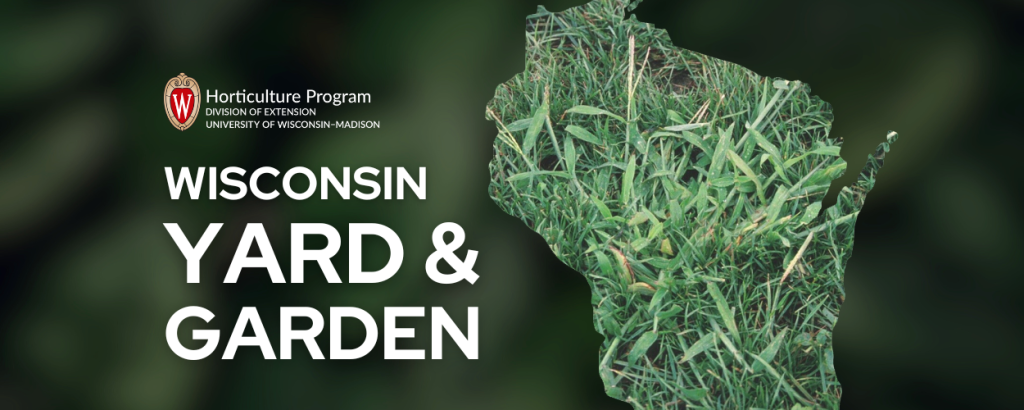
Crabgrass invading lawns is a frequent concern as we gradually advance into spring. Now is the time to consider your management plan, as crabgrass still has a way to go before appearing in lawns.
Crabgrass is a warm-season annual grass that thrives in sunny warm locations in yards and gardens. If crabgrass was a problem in your lawn last year, the good news is every single crabgrass plant died last season and can only return in 2025 via germinating seeds. Soil temperatures need to reach nearly 60 degrees for several consecutive days before those seeds germinate. Crabgrass seeds need exposure to light, along with warm soil, to germinate.
Oftentimes tall fescue may be misidentified as crabgrass. Tall fescue will appear as coarse, weedy looking clumps as lawns green up in spring. Unlike crabgrass, tall fescue is perennial, thus does not die off at the end of each season. There is no effortless way to get rid of it; options include digging it out or carefully spot-treat with a nonselective herbicide such as glyphosate (Roundup and other trade names). Read and follow all label directions. Given a choice, wait until late August to address tall fescue and reseed afterwards.
Back to crabgrass. The single most important practice to minimize potential crabgrass issues is mowing higher, as this will shade the soil, in addition to helping maintain thick vigorous grass. Set mowers to cut about three inches for the season. Also avoid frequent, light waterings in summer and wait until late August for any reseeding renovation projects. Crabgrass thrives in thin lawns with frequent irrigation.
Several preemergence herbicides, often called crabgrass preventers, are available to help manage crabgrass. These products kill emerging roots of germinating crabgrass seeds. Always read and follow all label directions. With most products, seeding of lawn grasses cannot be done this spring if crabgrass herbicides are applied.
Crabgrass emergence is some time away and early May (later in northern Wisconsin) would not be too late for applying crabgrass control products. If late April is exceptionally warm, especially in southern Wisconsin, make applications earlier. Most crabgrass control products are combined with fertilizer and May is an appropriate time for fertilizing.
If your lawn has never had crabgrass problems, there is no need to start applying herbicides. You are doing things right, maintaining a thicker lawn that shades out crabgrass. On the other hand, repeated crabgrass invasions indicate a need to modify lawn care practices, rather than relying on herbicides each year. Sound (higher height of cut) mowing and other lawn care practices are the key to keeping crabgrass at bay, with or without herbicides.

About the Author
Bruce Spangenberg is a Horticulture Outreach Specialist with UW-Madison Division of Extension. Get answers to your lawn, landscape and garden questions anytime at “Ask Your Gardening Question.”




